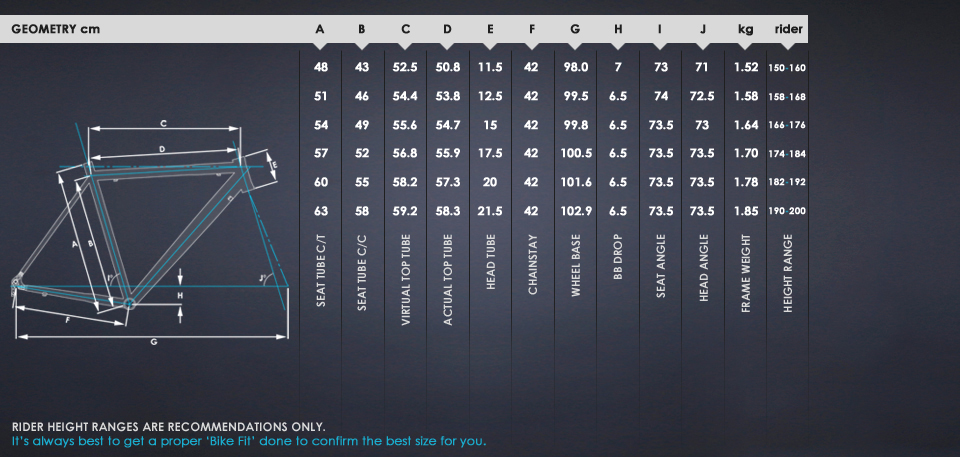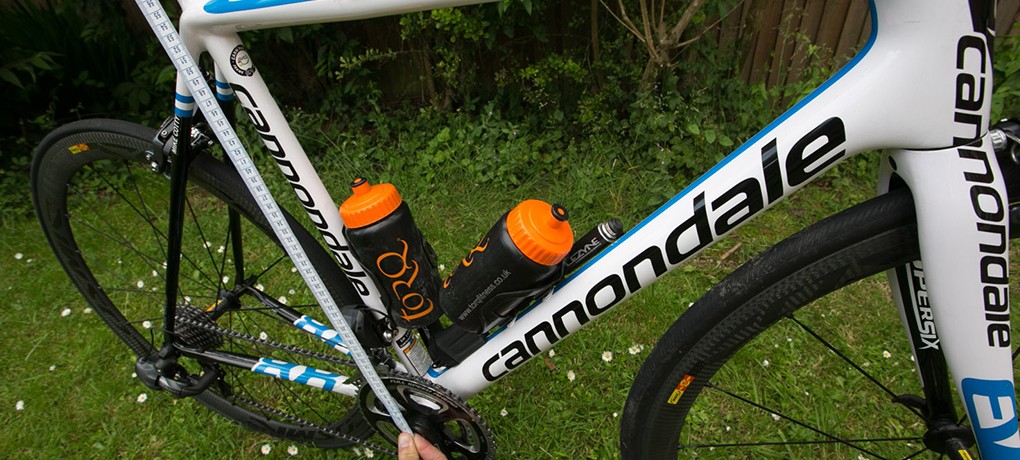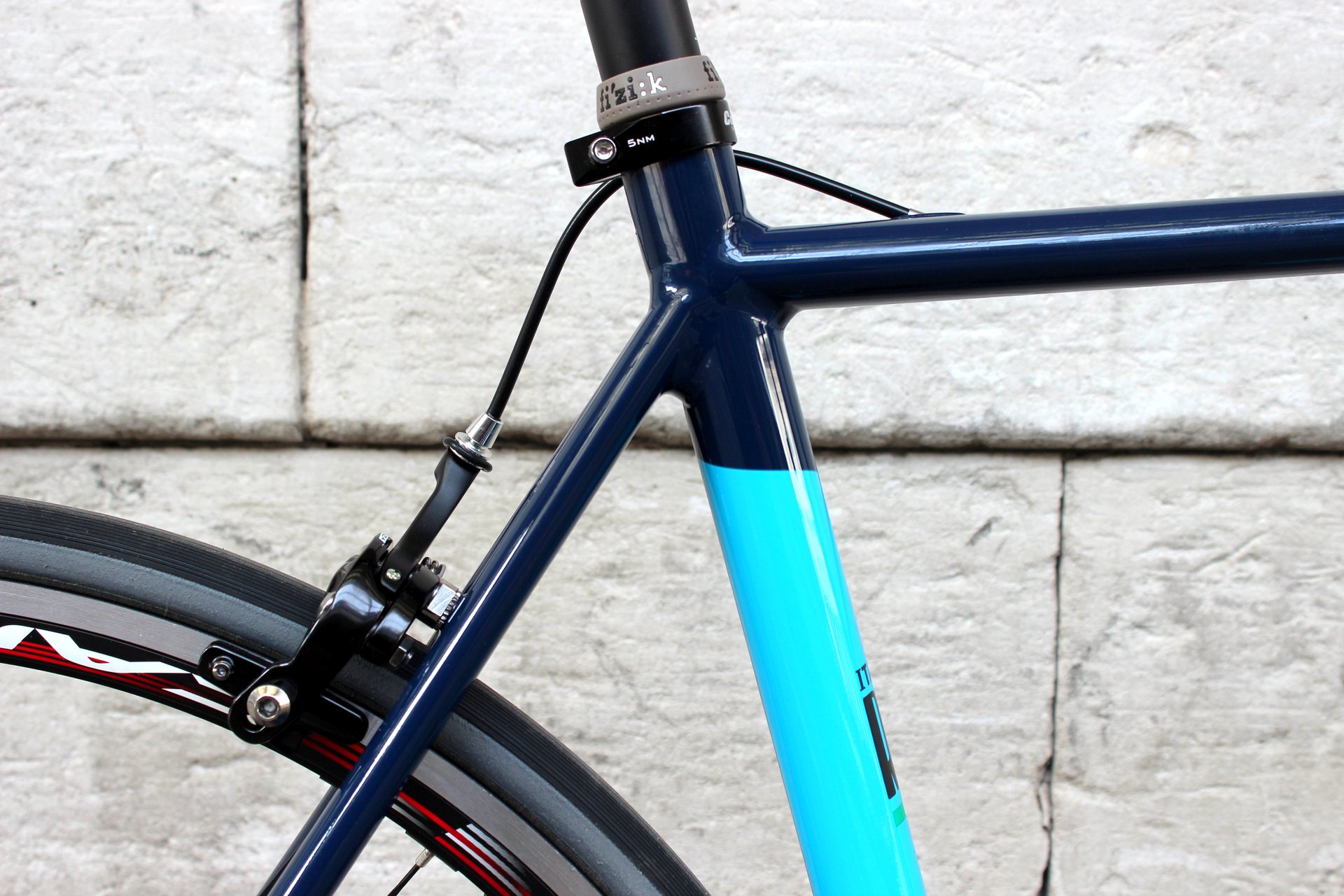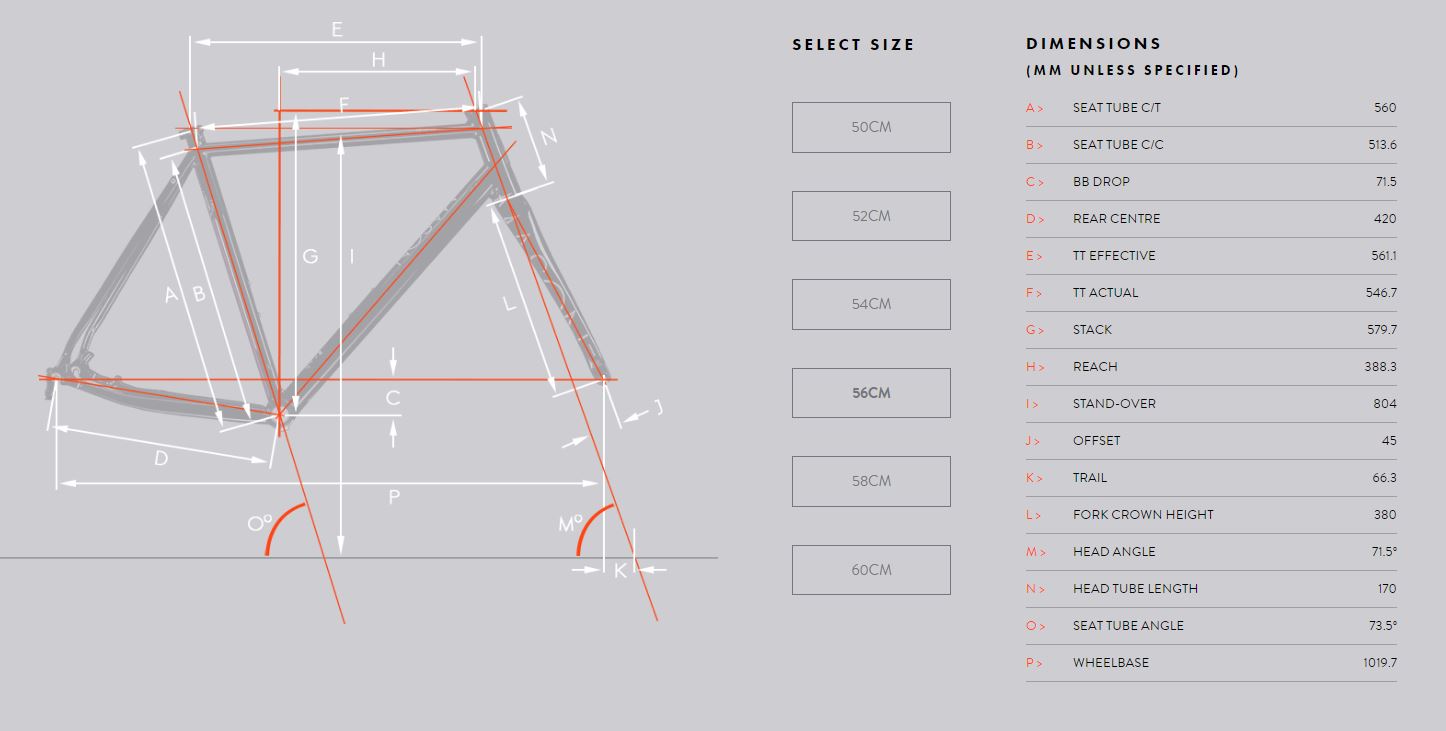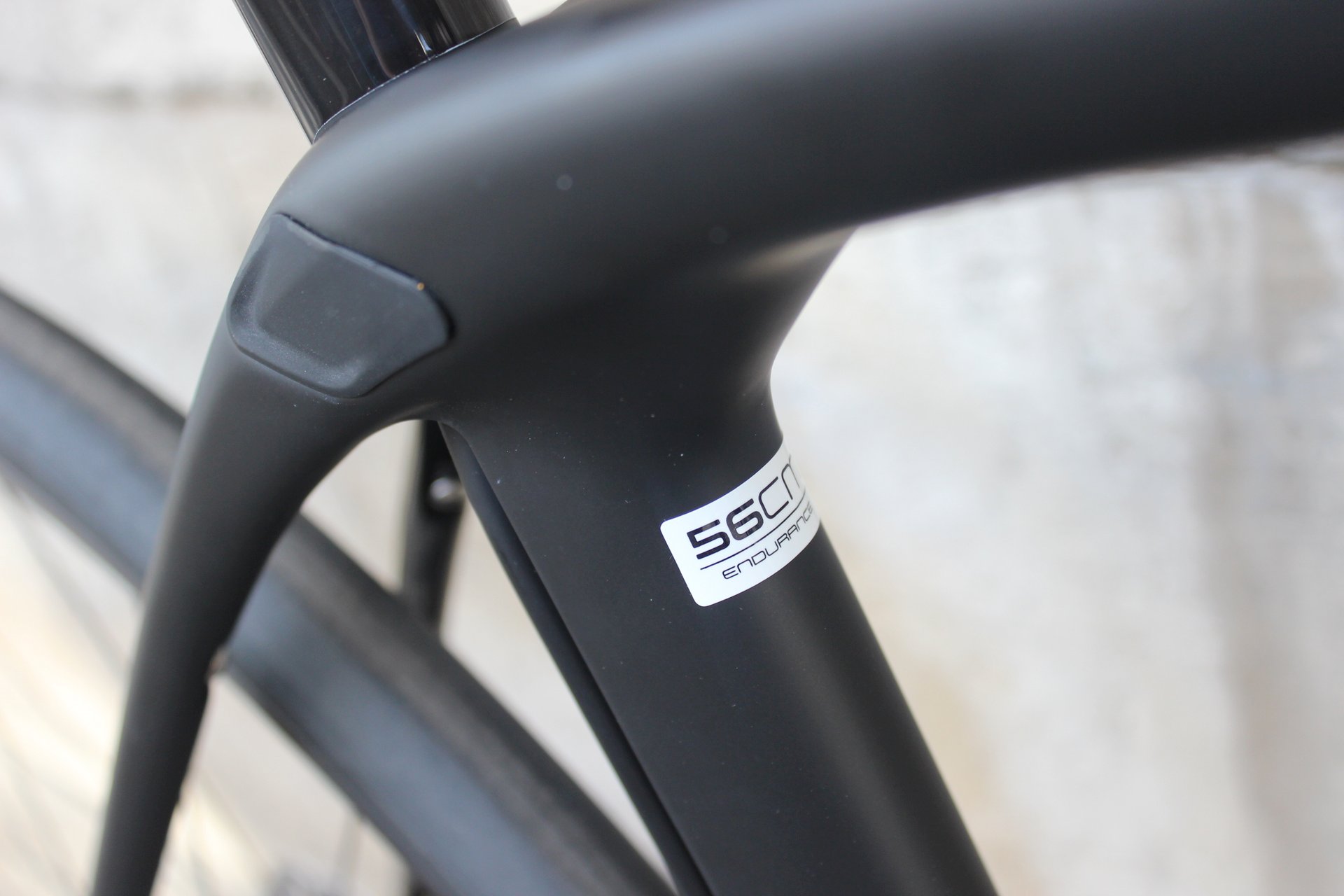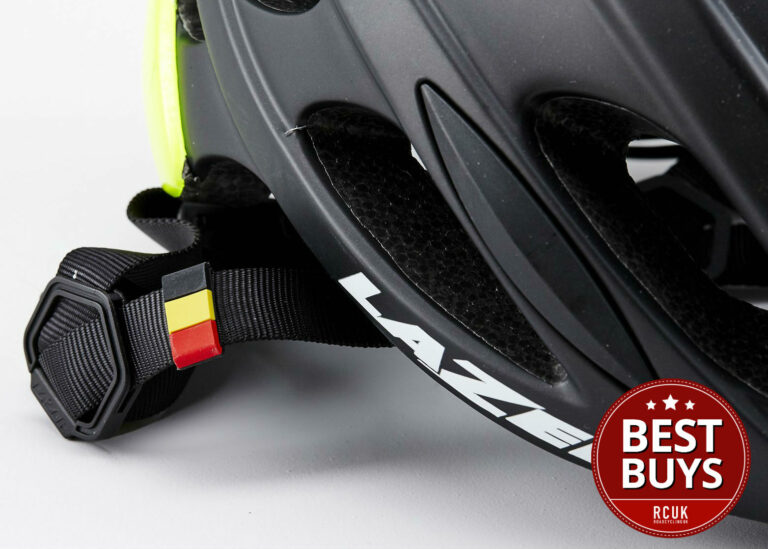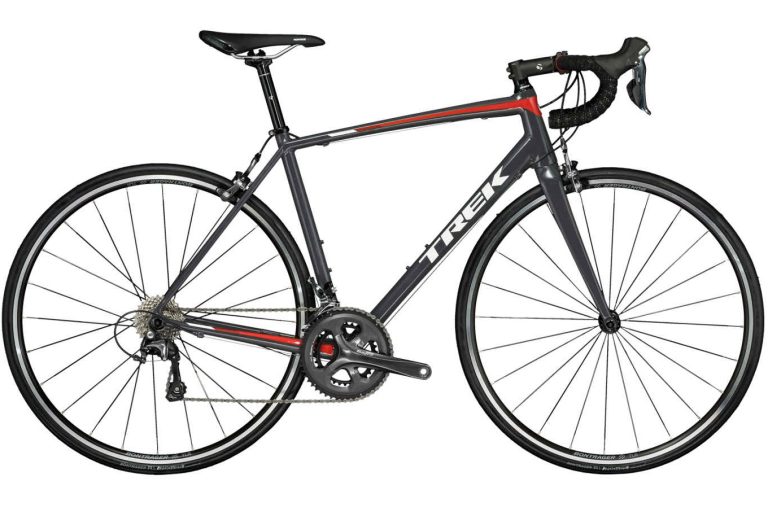When buying a new road bike, you need to take into account a number of factors – regardless of whether you’re an experienced rider or starting out for the first time.
The type of riding you want to do, your experience, your physical conditioning, your general style preferences and budget all play a key role. Often, therefore, it can be hard to narrow down exactly which bike is right for you.
Two vital considerations are the geometry and the size of the bike – buying the wrong size bike can lead to discomfort and injury, which is a sure-fire way to keep you off the bike.
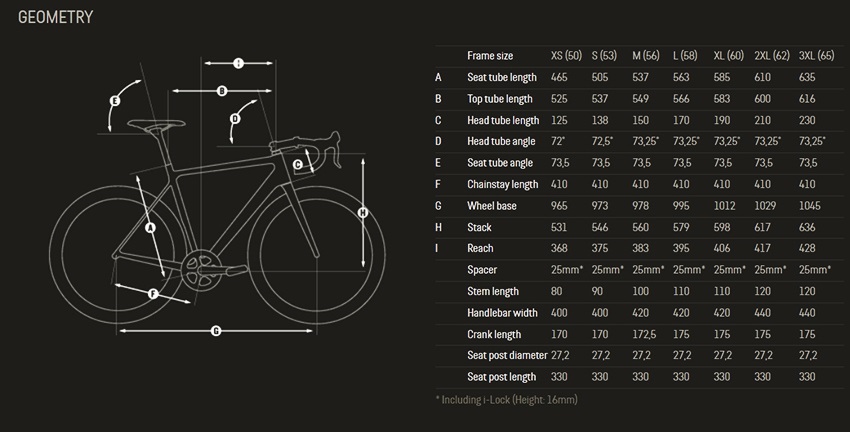
Before heading to a bike shop to try out a bike, or buying from direct-to-consumer brands such as Canyon and Ribble, a bike geometry chart is a potentially very informative tool, which can help you first ascertain whether the geometry will suit your goals on the bike, and second what size bike you should ride.
However, a bike geometry chart can also be incredibly confusing, particularly as every manufacturer may have its own way of sizing bikes, and each model may have a different geometry. If you don’t know what to pay special attention to, a geometry chart can also be misleading.
So to help with this, we’ve called in two experts, Ben Coates, road product manager of Trek Bikes, and Ben Spurrier, head designer at Condor, to help point you in the right direction toward being able to make sense of a bike geometry chart.

